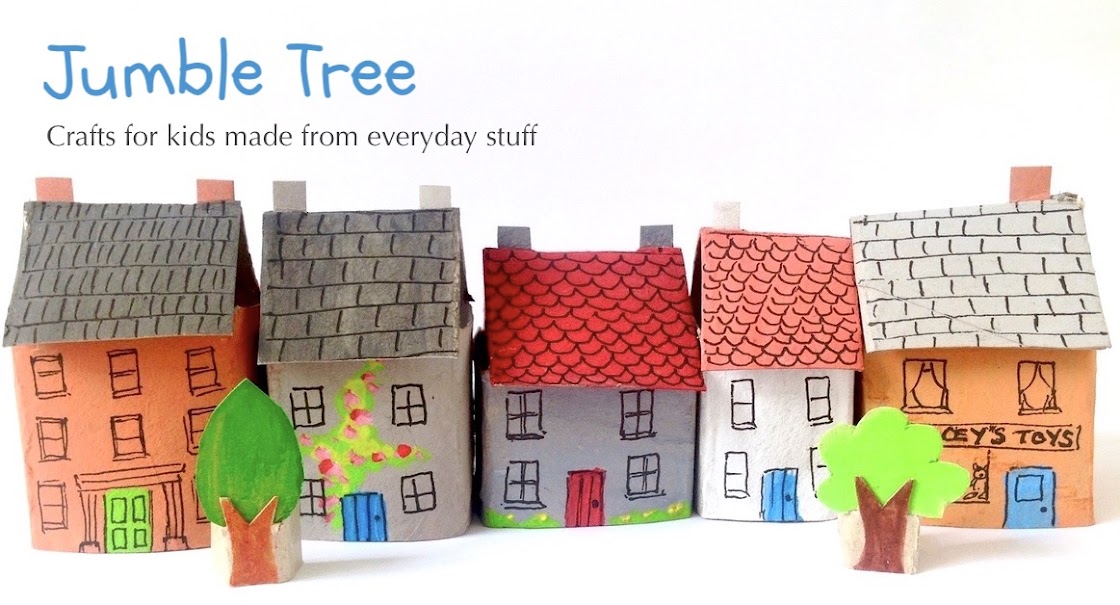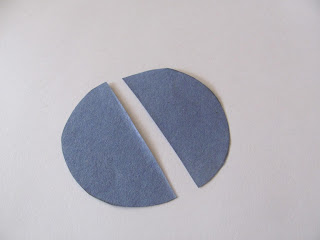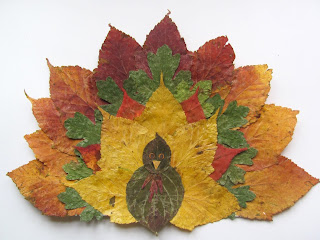Hang on to some of those old Christmas cards! So worth it for all kinds of craft projects. I've a box of old cards and use them throughout the year for various things - the more colourful and sparkly the better.
This project helps with scissors skills and puzzles, and ends up as a lovely, bright collage. Sort of three for the price of one!
You will need:
Cereal box card
Pencil
Scissors
Selection of old Christmas cards
Black pen
Glue stick
White paper or card
1. Draw some simple shapes on cereal box card. Make them a decent size - ours are about 15cm/20cm wide (6/8in.) With the symmetrical shapes like the heart and fish, fold the card in half and draw half the shape on the fold, then cut out and open up.
2. Use these shapes as templates (if you want to make more than one), and draw around them on another piece of cereal box card.
With a pencil, divide your chosen shape into sections. This is completely up to you, you could go for uniform pieces, like the one below, or completely random. You could have lots of sections too, but with little makers, it's best to keep the puzzle and the cutting simple. Our fish have six pieces, and it helps to number them.
3. Choose the cards you want to use. We arranged our cards roughly into colour tones - blues and greens, orange and reds, and pale colours.
Place one of your pieces on the part of the card you like (go for glitter!), and carefully draw around it (you will probably find using a black pen works best, as a lot of cards are too shiny for pencil. You could copy the shapes on the back instead, but we found this made it harder to get the part of the picture we wanted)
We divided our bird into 5 sections - with a wing shape in the middle.
4. Label the back of the card pieces with the corresponding numbers too, to keep track of the shapes you've cut out.
5. Muddle them up and get puzzling!
6. When you're ready to make your collage, use a glue stick to glue the pieces to some paper or card. Leaving a small gap between the pieces looks great (and is forgiving!).
7. Use a black pen to dot on eyes, or hole punch a dark coloured Christmas card and glue on eyes. We added little hole punched air bubbles for our fish, and you could add lots more to your collage, like extra Christmas card sealife and maybe some wavy, tissue paper seaweed?
We added an orange triangle beak to our bird and you could cut out some legs, or maybe a branch and some leaves from green coloured cards? What about a Christmas card nest!
Lots of possibilities - see where your imagination takes you.
I'm keeping the heart puzzle picture for next month..































































